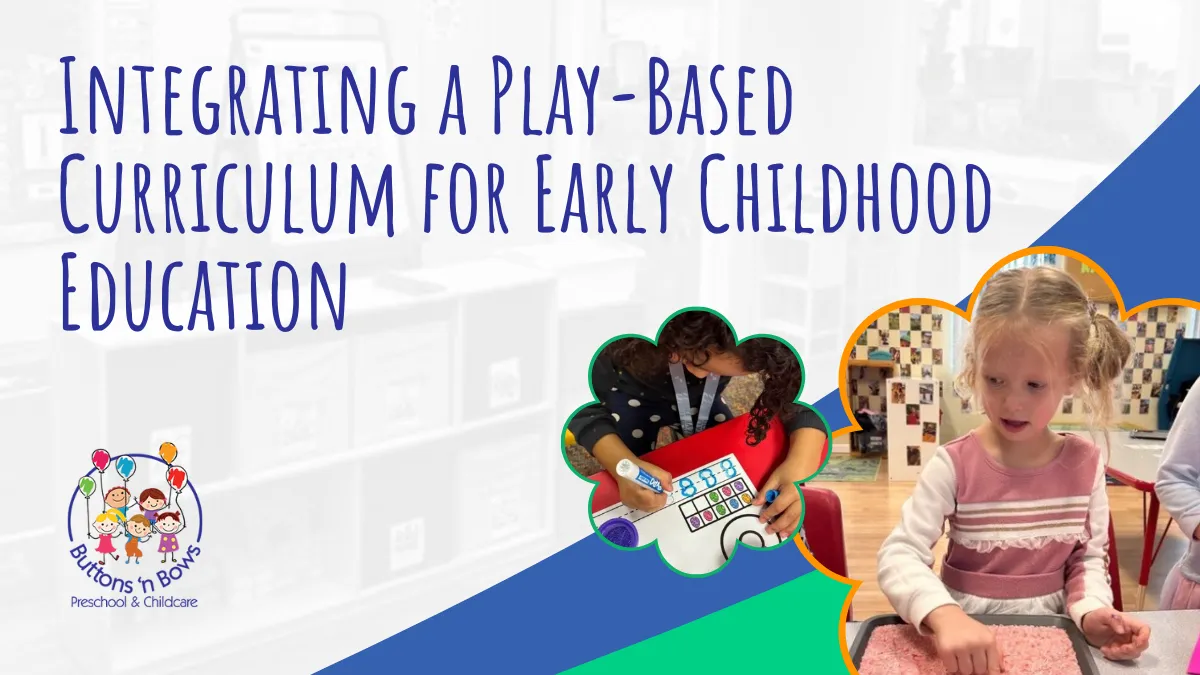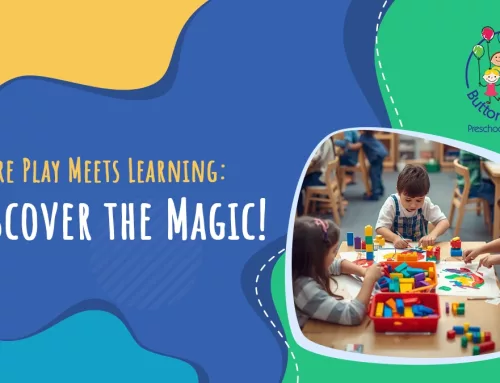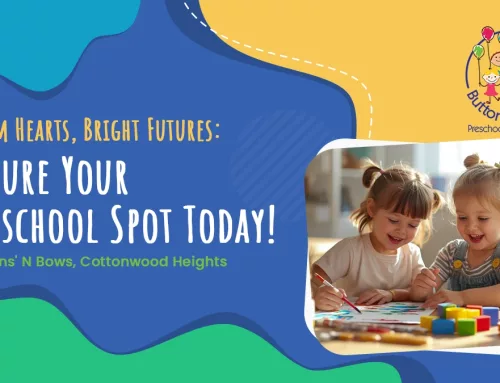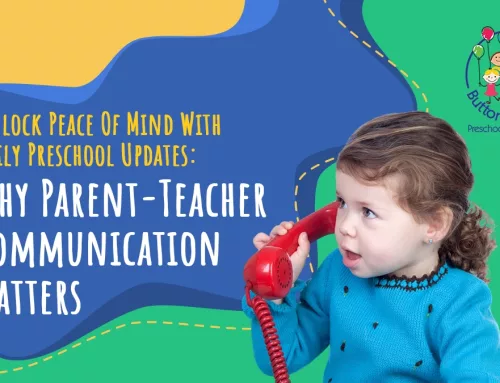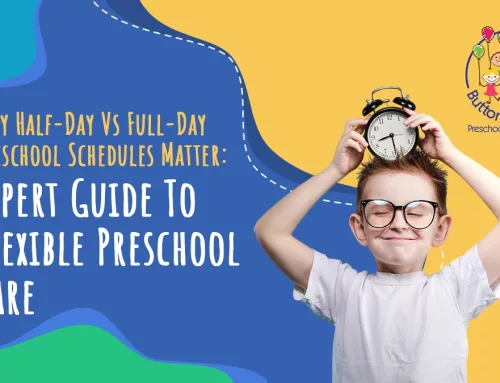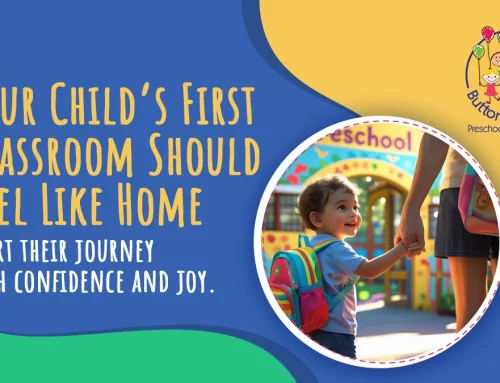Play-based learning activities for preschoolers are essential for fostering early childhood development across cognitive, social, emotional, and physical domains. Through purposeful play, young learners are encouraged to explore, imagine, and problem-solve in a nurturing environment that respects each child’s individual pace. These experiences support language development, enhance motor coordination, and nurture social interaction, forming a strong foundation for lifelong learning.
This article highlights ten impactful activities aligned with our commitment to high-quality, developmentally appropriate programming. Each activity is designed to encourage curiosity, build confidence, and create joyful learning opportunities that reflect the values of a child-centered curriculum.
Understanding the Benefits of Play-Based Learning
Play-based learning provides a developmentally appropriate framework that nurtures the whole child. It supports preschoolers in acquiring essential skills through meaningful engagement rather than direct instruction. The following benefits are fundamental to this approach:
Cognitive Development
Children practice problem-solving, memory recall, and early reasoning through open-ended activities. Puzzles and building materials, for example, strengthen spatial awareness and critical thinking.
Social and Emotional Growth
Group play teaches children to take turns, share, and resolve conflicts constructively. Dramatic play, for instance, allows children to express emotions and develop empathy.
Language and Communication Skills
As children interact with peers and educators, they build vocabulary, ask questions, and engage in storytelling, all enhancing language acquisition.
Creativity and Independence
Play encourages initiative, imagination, and self-directed learning. Children develop confidence as they explore materials and make independent choices.
These benefits underscore the importance of incorporating structured and unstructured play into early education.
Integrating a Play-Based Curriculum for Early Childhood Education
A play-based curriculum for early childhood education is designed to align with children’s developmental needs while promoting exploration, creativity, and meaningful learning. This approach balances structured guidance with the freedom to discover.
Core Principles
An effective play-based curriculum:
- Encourages hands-on experiences
- Prioritizes child-led inquiry
- Supports social, emotional, physical, and cognitive development
Structured and Unstructured Play
Structured play includes educator-guided activities such as group storytelling or planned art projects.
Unstructured play allows children to engage freely with materials like block centers or sensory bins. Both forms are essential and work in tandem.
Alignment with Developmental Goals
Activities are chosen based on developmental benchmarks. Educators observe and adapt experiences to support individual learning paths, ensuring that all children are appropriately challenged and supported.
This integration promotes a responsive, child-centered learning environment grounded in best practices for early childhood education.
Practical Examples of Play-Based Learning in Preschool Settings
Play-based learning in preschool settings is intentionally structured to promote developmental growth through everyday activities. These examples demonstrate how learning objectives are met through purposeful play:
Dramatic Play
Children engage in role-play using costumes, props, and themed centers. This fosters:
- Language development through dialogue and storytelling
- Emotional understanding by acting out real-life scenarios
Sensory Exploration
Materials like sand, water, rice, and playdough support sensory processing and scientific thinking. Activities encourage:
- Observation and prediction
- Fine motor skill refinement
Block Play
Using a variety of building materials, children develop:
- Spatial reasoning and problem-solving
- Collaboration through group construction projects
Art and Creativity Stations
Open-ended art activities allow for self-expression and promote:
- Decision-making and independence
- Exploration of colors, textures, and materials
These examples illustrate how structured environments can support rich, play-based learning experiences in preschool classrooms.
Activity #1: Nature Walk and Scavenger Hunt
A nature walk together with a scavenger hunt offers a valuable opportunity for children to observe, classify, and explore their environment. Educators can guide children through a nearby outdoor space while providing a checklist of natural items to find, such as leaves, rocks, flowers, or birds. This activity promotes vocabulary development, observation skills, and early science concepts such as categorization and comparison. It also supports gross motor development through walking and movement. Educators may follow up with a discussion or drawing activity to reflect on findings, reinforcing cognitive and expressive language skills in a developmentally appropriate way.
Activity #2: Water Play Exploration
Water play encourages experimentation and discovery through hands-on interaction. Children can explore volume, buoyancy, and cause and effect using cups, funnels, and floating objects. This activity supports early math and science learning while strengthening fine motor coordination. Educators can introduce vocabulary such as “sink,” “float,” “full,” and “empty” to enhance language development. Water play also fosters cooperative behavior when children share space and tools. By observing changes and predicting outcomes, children develop critical thinking skills playfully and engagingly.
Activity #3: Storytelling with Puppets
Storytelling with puppets offers a meaningful way to support language development and narrative skills. Children use puppets to retell familiar stories or create their own, encouraging creativity and expressive language. This activity promotes emotional growth, as children often express feelings through characters. Educators can guide group storytelling or allow for independent puppet play depending on developmental needs. Using different voices, actions, and settings helps children understand sequencing, character development, and empathy in a developmentally appropriate format.
Activity #4: Music and Movement
Music and movement activities foster physical coordination, rhythm, and listening skills. Children participate in guided songs, action rhymes, or free movement to music. This supports gross motor development and self-regulation as they follow directions and express themselves through movement. Educators can incorporate instruments such as tambourines, shakers, or drums to introduce basic musical concepts. Group participation also enhances social skills, including turn-taking and cooperative play. These activities contribute to a balanced early childhood curriculum by integrating physical, cognitive, and emotional development.
Activity #5: Open-Ended Art Projects
Open-ended art projects promote creativity and self-expression without requiring a specific outcome. Children explore various materials—such as paints, glue, paper, and natural items—to create freely. This supports fine motor development, decision-making, and confidence in their abilities. Educators provide access to materials and encourage reflection by asking open-ended questions about the artwork. These activities let children experiment with colors, textures, and composition while expressing their individual ideas. Art experiences in this format respect each child’s developmental stage and foster a positive sense of accomplishment.
Activity #6: Building with Loose Parts
Loose parts play involves using everyday items like bottle caps, fabric scraps, wood pieces, and shells to build, sort, and design. This type of activity encourages creativity, problem-solving, and spatial awareness. Children are free to manipulate and repurpose materials according to their interests, promoting innovation and independent thinking. Loose parts play also supports fine motor coordination and collaboration when children work together to construct shared projects. Educators can inspire curiosity and engagement across multiple developmental domains by offering various textures and shapes.
Activity #7: Role-Play Centers
Role-play centers simulate real-life scenarios—such as a grocery store, doctor’s office, or kitchen—to support social development and imaginative thinking. Children practice communication, collaboration, and turn-taking as they assume different roles and responsibilities. These activities enhance vocabulary and help children understand daily routines and community roles. Educators can rotate themes and materials to reflect the children’s interests or classroom topics. Through role-play, children develop empathy and problem-solving skills, preparing them for successful social interactions in and outside the classroom.
Activity #8: Gardening Projects
Gardening projects teach responsibility, patience, and environmental awareness. Children participate in planting, watering, and observing plant growth, which promotes fine motor skills, science understanding, and observation abilities. Educators can incorporate discussions about plant life cycles, seasons, and nutrition. Gardening also offers opportunities for reflection and mindfulness as children care for living things over time. This activity encourages a sense of ownership and accomplishment, helping children build a connection to nature and their surrounding environment.
Activity #9: Sorting and Matching Games
Sorting and matching games develop classification skills, early math concepts, and visual discrimination. Using items such as colored bears, buttons, or picture cards, children group objects by attributes like shape, size, or color. These games build foundational skills for later numeracy and logical thinking. Educators can adapt the materials to match developmental levels and introduce comparative vocabulary such as “same,” “different,” “more,” or “less.” This activity also supports focus and attention to detail in a playful and structured format.
Activity #10: Cooperative Group Games
Cooperative group games strengthen social-emotional skills, including teamwork, turn-taking, and emotional regulation. Simple games like “Parachute Play,” “Duck Duck Goose,” or relay races encourage children to follow directions and engage with peers positively. These games promote gross motor development while reinforcing concepts of fairness and shared responsibility. Educators guide children in understanding rules and managing frustration, helping them build the skills needed for group participation. Such experiences are essential for developing a strong classroom community.
Conclusion
Play-based learning is a powerful approach that nurtures young children’s curiosity, creativity, and confidence. Educators who incorporate intentional, engaging activities into daily routines lay the foundation for lifelong learning and social-emotional growth. From sensory exploration to storytelling, each activity supports holistic development while honoring the natural ways children learn best—through play. These ten carefully selected experiences demonstrate how play can be purposeful and enriching in a high-quality early childhood environment.
Ready to learn more about our commitment to play-based education? Connect with Buttons’ n Bows Preschool and Childcare today by visiting our contact page or calling 1-801-278-8223 to speak with our team.





